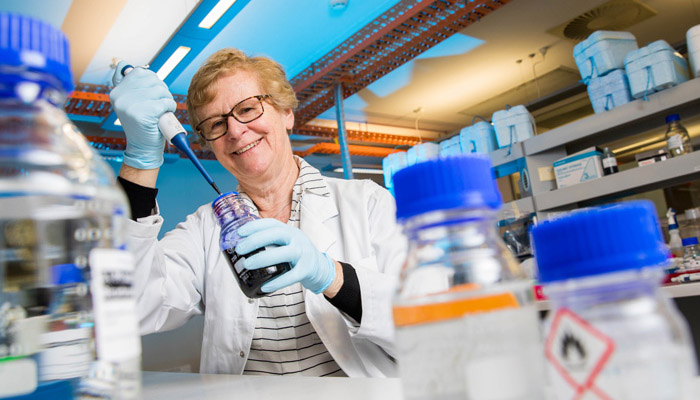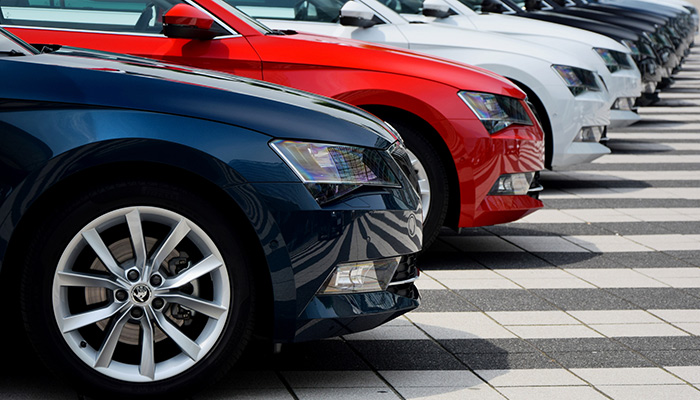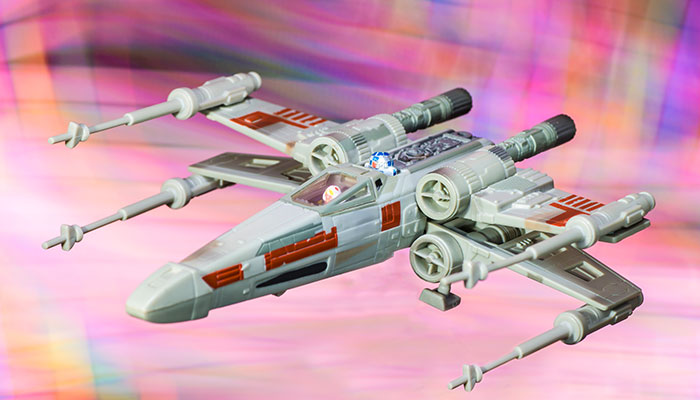The lithium-ion battery has revolutionised consumer electronics and laid the foundation of a wireless society.
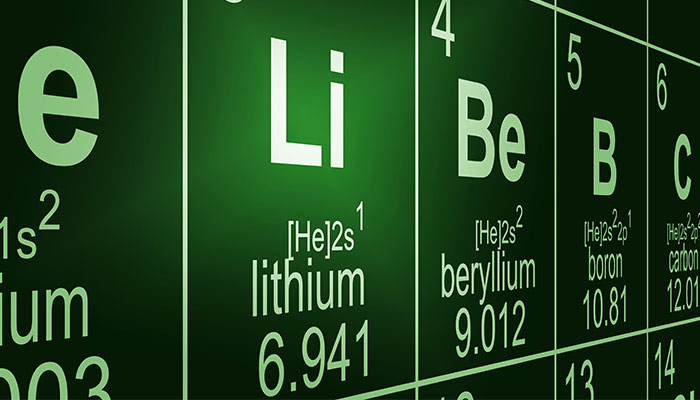
Mover and shaker: Lithium is the first metal in the Periodic Table and the lightest of the solid elements.
Not only do these light and rechargeable batteries power portable electronic devices such as mobile phones, computers, and rechargeable power tools, they power the motors that drive electric bikes, hybrid and electric cars, electric trucks and mining machinery, and they are eyeing off planes and ships.
Lithium is facilitating large-scale, grid-connected energy storage for electricity. It wants to be a mover and shaker in Autonomous Intelligence, and moonlights as a mood stabiliser in the treatment of bipolar disorder.
It is used in lubricant greases, pharmaceuticals, catalysts, and air-conditioning.
Before lithium found its calling in batteries, it was a component of soaps and grease used as a lubricant in jet engines and high-speed bearings.
Last year, lithium was awarded the Nobel Prize for Chemistry. And while it is probably the first element to be awarded a Nobel Prize in its own right, it joins a list of elements that have shaped society, among them carbon, iron, uranium, silver, gold and silicon.
Before lithium found its calling in batteries, it was a component of soaps and grease used as a lubricant in jet engines and high-speed bearings. Then, during the Cold War, lithium was used as a fusion fuel in hydrogen bombs.
Since 2007, the number one use of lithium has been in batteries.
Elementary, my dear Watson
Lithium is the third element on the Periodic Table, after hydrogen and helium which make up about 95 per cent of the universe. The rest of the elements in the Periodic Table comprise the other 5 per cent.
In the Earth’s crust, lithium’s share household includes nickel, cobalt and copper. It is the first metal in the Periodic Table and the lightest of the solid elements, being half as dense as water.
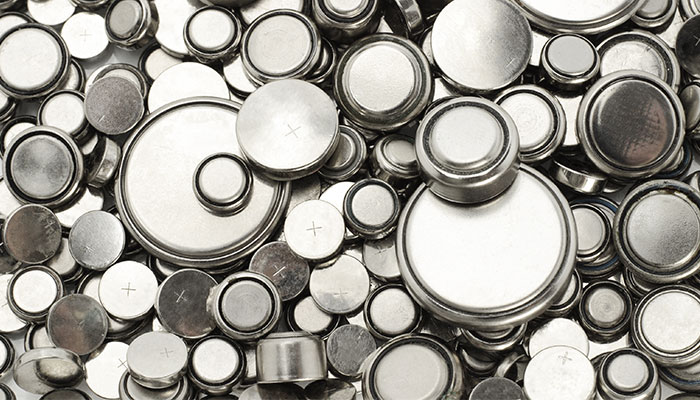
Power player: Lithium's number one use since 2007 is in batteries.
Lithium spends its life wanting to get rid of its outer electron. It has three protons and three electrons; hydrogen has one, helium has two, and lithium has helium envy – it wants to have two, too. In shedding an electron, it becomes an ion, a charged atom. That unwanted electron is electricity to be harnessed, the battery’s raison d’etre.
Three key scientists shaped and refined the modern lithium-ion battery in the 1970s, ’80s and ’90s: M. Stanley Whittington, John B. Goodenough, and Akira Yoshino, respectively.
They experimented to find the optimal anode and cathode (a cathode of a battery is the terminal where current flows in from outside; the anode is the terminal where current flows out).
Airlines can be a bit twitchy about lithium batteries. Because they have such a high-power density, if they short circuit they can get very hot and catch fire.
Whittington invented the lithium-ion battery, using a titanium sulfide cathode. Goodenough doubled the battery’s power by replacing the cathode with cobalt oxide but both used metallic lithium as the anode, which was fraught with problems because lithium’s need to shed its outer electron is also its downfall, making it highly reactive and apt to catch fire when exposed to air.
Yoshino solved this issue and invented the modern lithium-ion battery by replacing the lithium metal anode with petroleum coke (somewhat ironic because lithium-ion batteries are designed to eventually replace petroleum as a power source). Lithium ions then shunted between the two to create electricity. The combination reduced the likelihood of fire which had been prevalent in previous incarnations.
- Has cancel culture gone too far?
- Drinking while breastfeeding can affect children's academic results: study
The other big thing that Yoshino did was invent a semi-permanent membrane made from microporous polyethylene between the anode and cathode; it melts at 135°C, so in the event of a short circuit the membrane melts and then stops any more lithium ions going through, thwarting the thermal runaway.
Airlines can be a bit twitchy about lithium batteries. Because they have such a high-power density, if they short circuit they can get very hot and catch fire.
Travellers are asked not to pack spare lithium batteries in checked-in baggage not because batteries are safer in the cabin, but because if they were to overheat and smoulder it would be detected and dealt with, whereas in the hold no one would know. However, modern lithium batteries are pierce-proof and have improved safety features.
A revolution in the way we drive
Lithium has been the darling of energy storage circles. Using Tesla powerpacks, tech billionaire Elon Musk built the world's biggest lithium-ion battery in South Australia in 2017 to help solve a power crisis in the state.
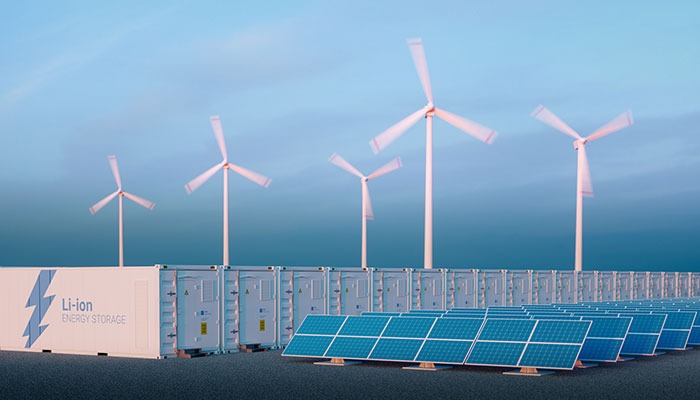
Sky's the limit: Lithium-ion batteries have been the darling of energy storage circles.
But lithium might have to learn to share the spotlight. In terms of metal-ion battery development, lithium-ion batteries are low hanging fruit because they are relatively easy to produce. They may give way to sodium-ion batteries or magnesium-ion batteries; the latter can give up two electrons and thus pack a similar power-to-weight punch as lithium, while the former is much cheaper and more abundant than lithium.
The 17 rare earth elements at the bottom of the Periodic Table will become critical, too, as advanced computer electronics continues to evolve.
The driverless car will evolve from being simple transportation to a ‘living room’ from which to organise finances, health, meetings and leisure activities.
But perhaps one of the most anticipated areas for lithium-ion batteries is in the field of Autonomous Intelligence (essentially, Artificial Intelligence that moves). AI needs a light, rechargeable, powerful energy supply which, for now, will be super light lithium polymer batteries.
One of the 2019 Nobel Prize recipients, Japanese chemist Akira Yoshino, was among the first to flag that the real driving force behind the electric vehicle revolution would be AI and self-driving technologies.
Just as landlines became mobile phones that facilitated work and entertainment, banking and shopping, the driverless car will evolve from being simple transportation to a ‘living room’ from which to organise finances, health, meetings and leisure activities. It is the social space of the future. On wheels.
Peter Karuso is Professor of Chemistry at Macquarie University’s Department of Molecular Sciences.

